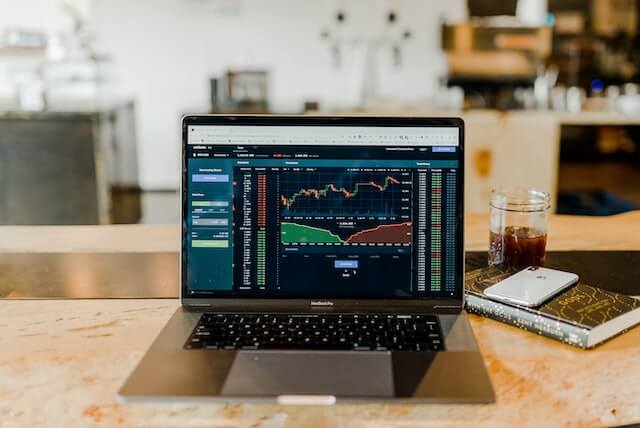FX is used both by businesses to trade and by investors to make a return, and it’s one of the largest markets in the world so it’s easy to see why many of us are choosing to use it. However, Forex does come with risks, and knowing how to manage these risks is essential. The structures and tools that businesses use to help them navigate the market change depend on their risk factors, but generally, FX for business is made up of a combination of three strategies to help them get the best for their company. Read on as we take a look at the 3 most common FX strategies – what they are, and their benefits.
1. The Spot Market
This is the first of three markets we’re going to look at, and if you’re a business that trades internationally, you will be familiar with spot trades. Put simply, a spot trade is an agreement between two people or businesses to exchange one currency for another. With Spot trading, the transaction usually takes place in the space of two days. When the money lands in your bank, it is likely to convert to the currency you use straightway.
One of the benefits that come with spot trading is that because the transaction takes place so quickly, you don’t have to worry about thinking too much about it – it’s relatively straightforward and a simple process to get your head around. One of the disadvantages to think about with this type of FX trading is that you are subject to the exchange rate when you make the payment – so it may not always be favorable.
2. The Forward Market
Second, on the list of FX markets is the Forward Market, also known as forward contracts. This one is a little harder to get your head around – just like a spot trade, two businesses trade one currency for another but instead of it taking place in a couple of days, the settlement is pushed to a date in the future that you both agree on. You agree upon the exchange rate of the transaction and set a date at which it will be paid – this could be anything from months to years. This type of FX trading means you know exactly how much a transaction will cost, so you don’t need to worry about currency changes. You’ll need to be confident with the forward market – will you be able to make the transaction in the future, on the agreed date? If not, you might find yourself incurring further costs. You may also be faced with cashflow difficulties.
3. Options trading
The third and final FX market we’re going to look at is Options. This gives you the option – hence the name – to exchange currencies at an agreed time, and amount. So, if a business chooses to do this, they use it as a way of insurance. If a currency comes in and the spot rate is the best choice, you can choose to exchange at the spot rate. If this isn’t the case and the spot rate is not enough, you can utilize your option, then your FX broker can help you get to where you want to be. Options are highly flexible, giving you the option to make higher returns by making beneficial moves in the market, and also protecting you against loss – however, this option is expensive, and the flexibility comes with a price tag.
















